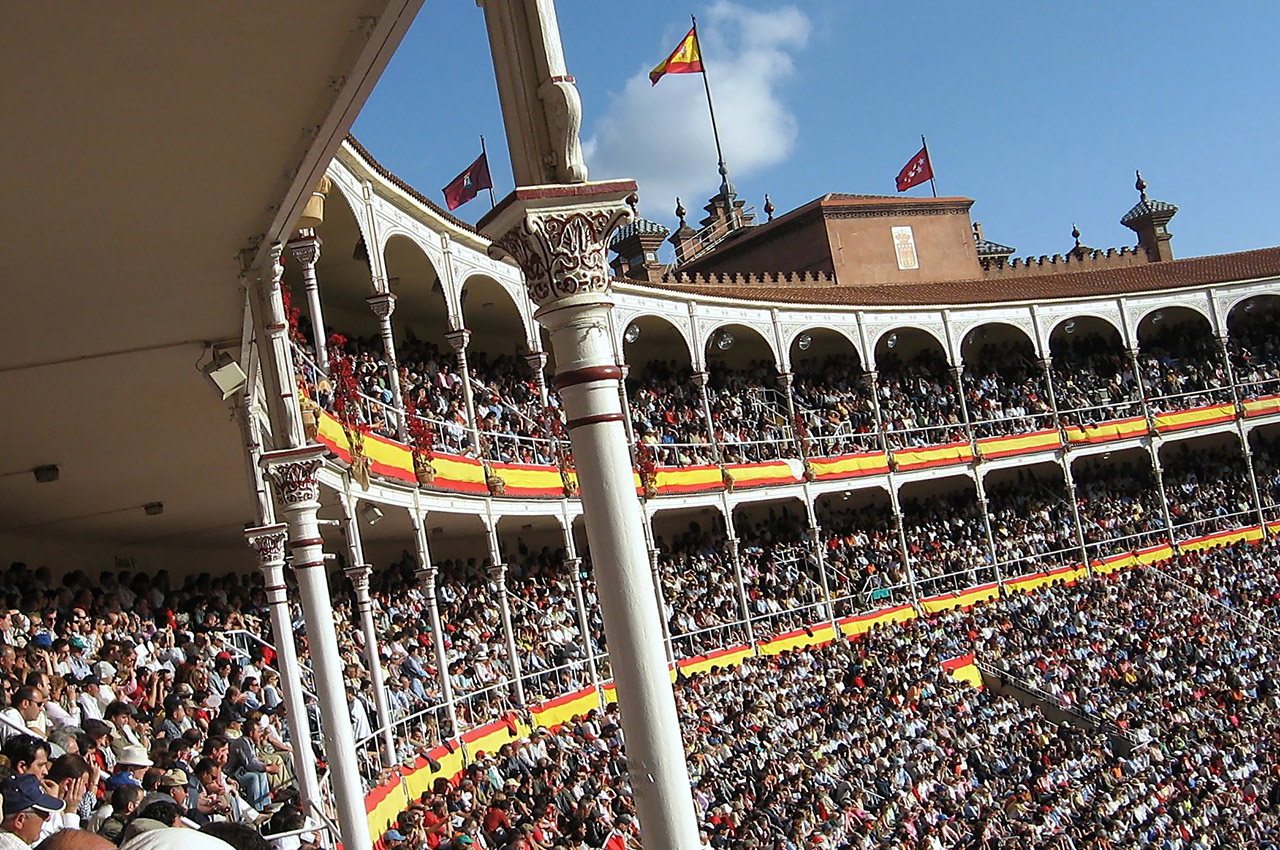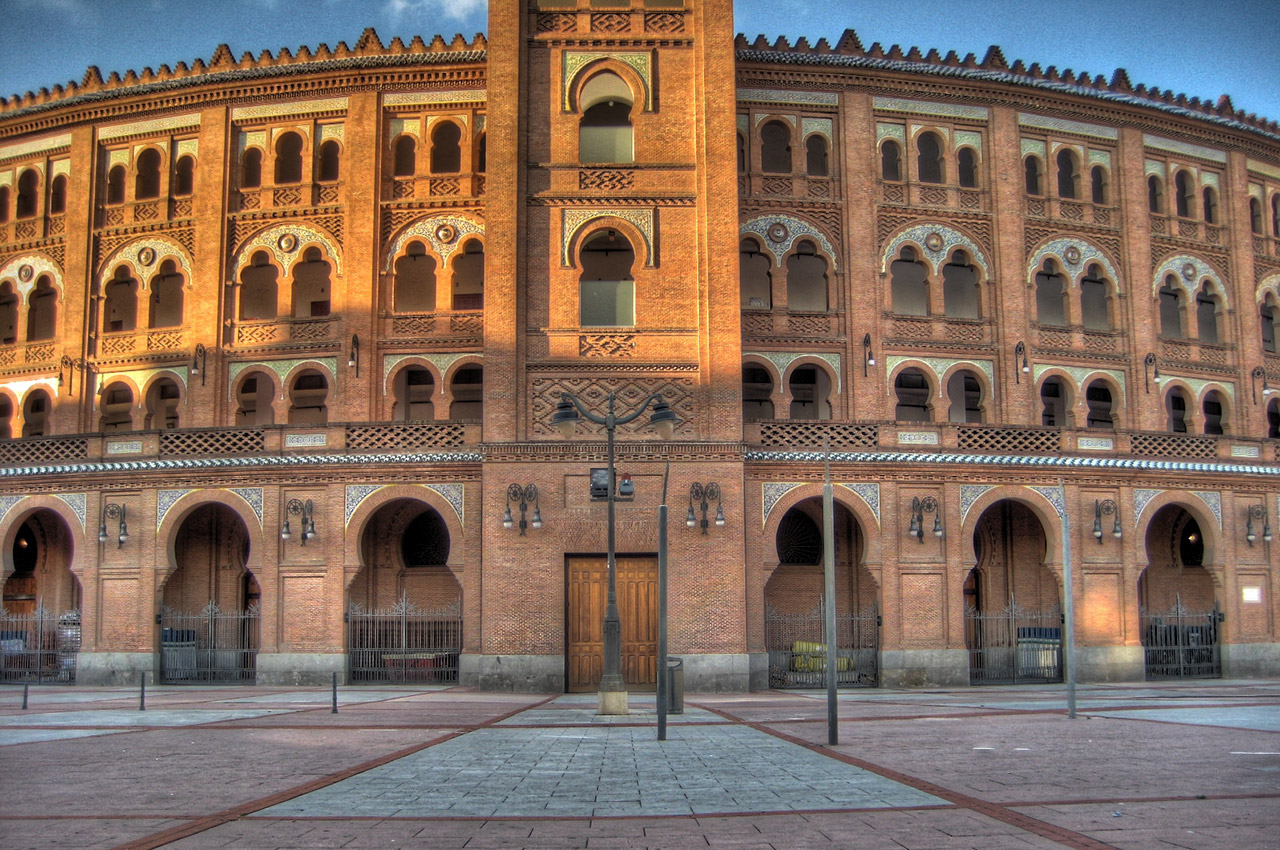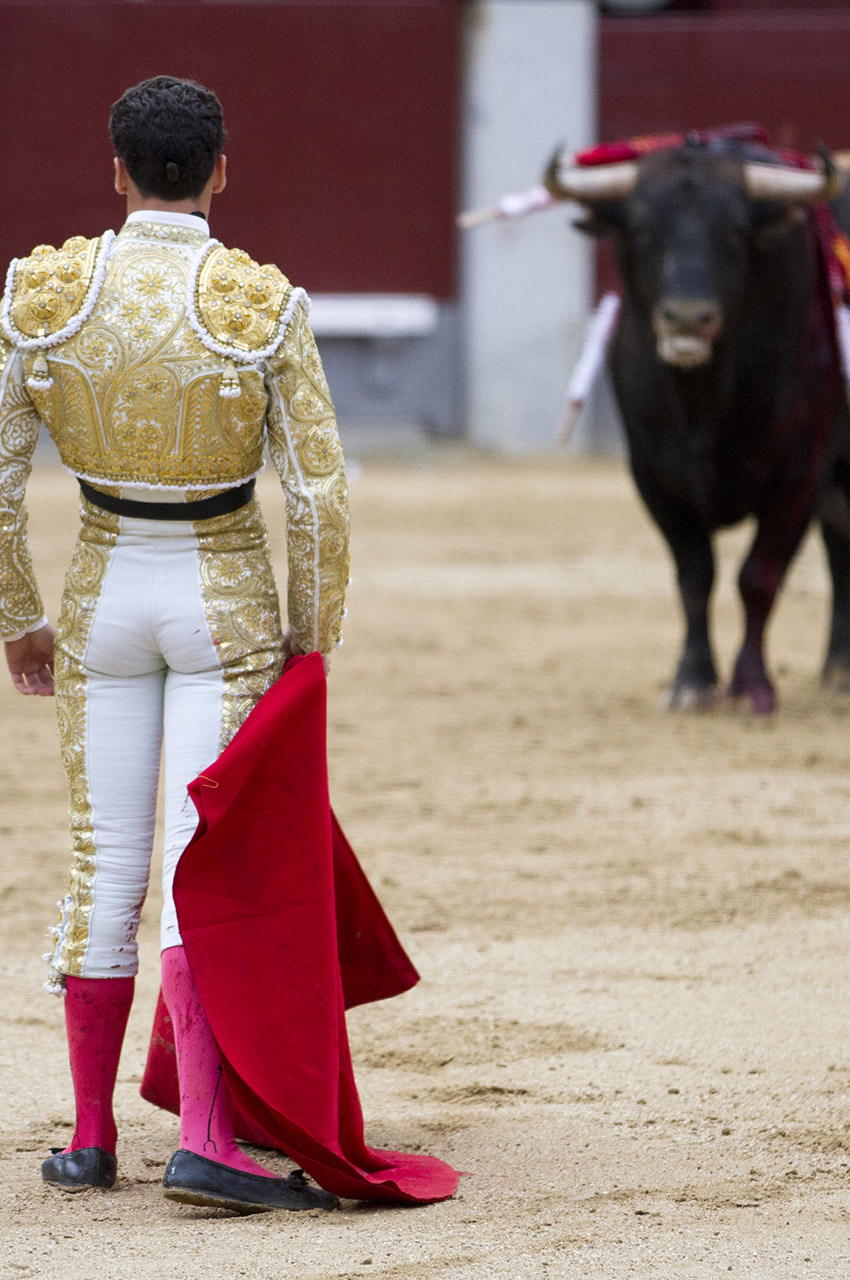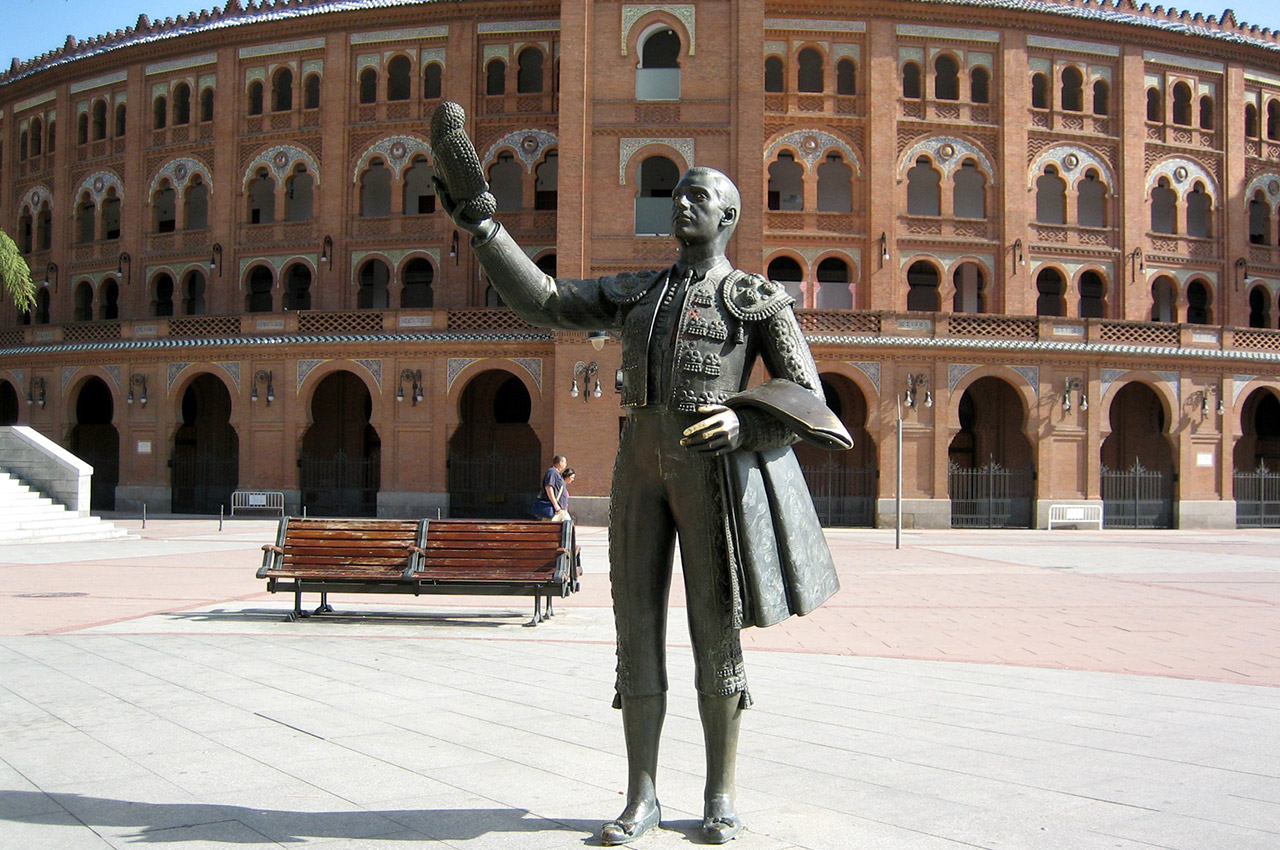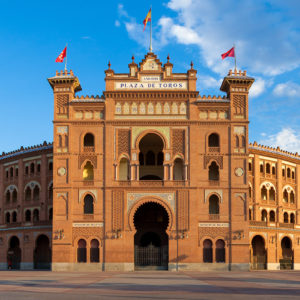5 March 2017
Las Ventas, Madrid’s main bullring, between corrida and history
Madrid’s Las Ventas bullring was built in 1931, under the dual banner of the Spanish Republic and social confrontation. They replaced the old plaza on the old Aragon road, deemed too small: 13,011 seats versus 23,000 at Las Ventas. Discover the history of this bullring.
